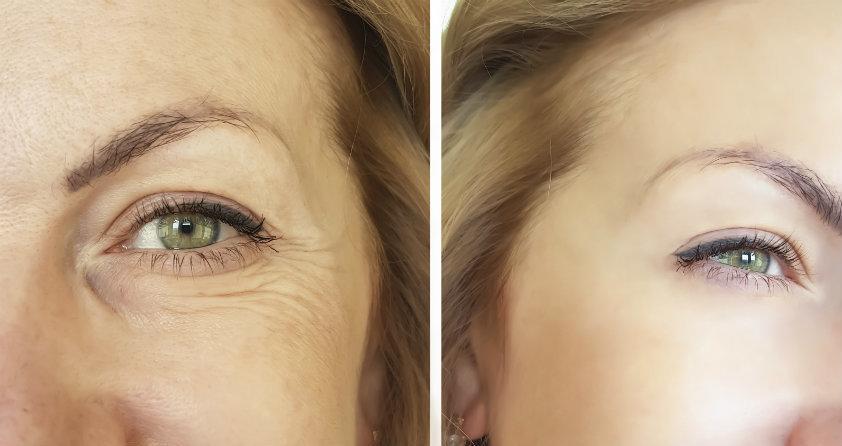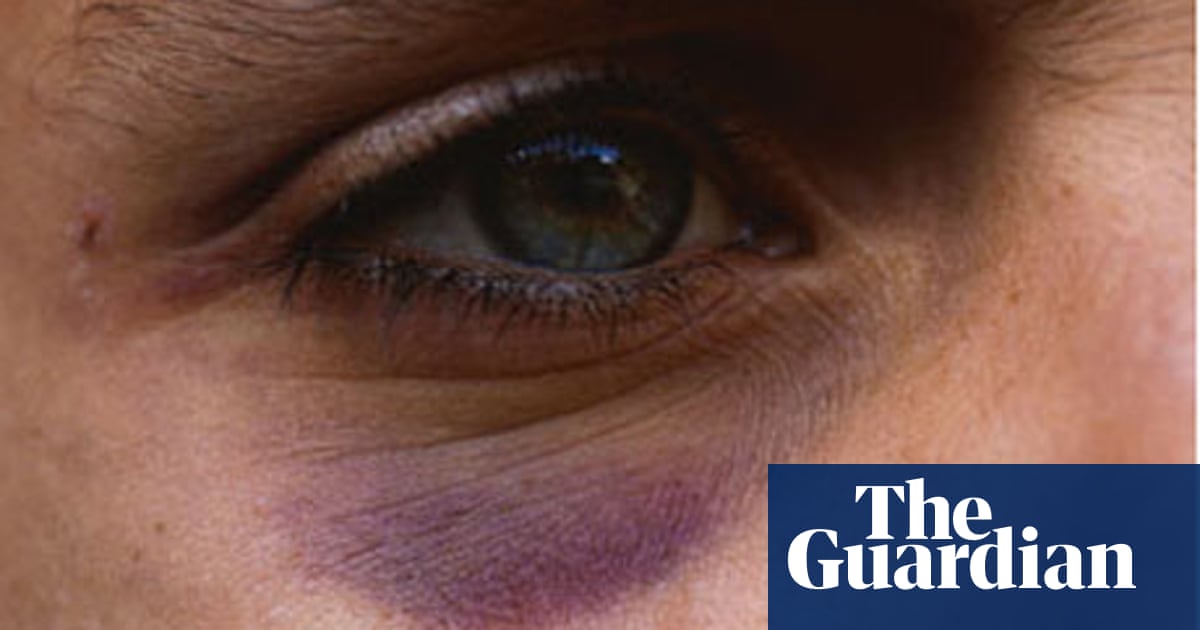
There are two ways to have breast surgery: A woman can either have breast reconstruction with implants or her own tissue. A doctor can use the lower abdominal wall segment, back muscle or fat of the woman to create new breast tissue. A mastectomy can be done on a woman who is nipple or skin-sparing. Both will cause scarring. Therefore, breast surgeries are not for everyone.
Breast reduction surgery
Most breast reduction surgery can be done in an outpatient setting. Some swelling and discoloration may occur after the procedure. These symptoms will fade over time. Sutures and bandages will be removed in a few days and the patient should not resume strenuous activities for about a month. The initial recovery period for a breast reduction can be uncomfortable. However, breasts will begin to look more natural and soften over time. The results of the surgery will be seen six months to a year after the procedure.
After the surgery is complete, the surgeon will incision the skin at the natural crease of your breasts. These incisions are used to remove excess skin and fat. Some women may have their breasts raised. The surgeon will close the incision with dissolvable internal or external sutures. It is possible that the patient will need to stay overnight for recovery. Afterwards, the patient will be released from the hospital. It can take approximately two to five hours to finish the surgery.

A mastectomy that is nipple-sparing
A Nipple-sparing mastectomy is an alternative to radiation treatment for breast cancer. This procedure preserves the patient's natural looking breast while avoiding the risks associated with radiation treatment. However, not all women who undergo this surgery will want to avoid radiation. Around 30% of new cases might not have radiation treatment after having a complete mastectomy. This procedure is suitable for women with large and small breasts.
This type of surgery, though not easily accessible, is very effective. It preserves the entire outer layer of breast skin, as well the nipple area and darker circle. A breast reconstruction is usually performed right after a NSM. While it is not commonly used for mastectomy, it is becoming a more popular option to traditional breast cancer treatments. Its benefits outweigh its disadvantages.
Mastectomy for skin saving
A skin sparing mastectomy is a type of surgery that preserves the entire breast skin (excluding the nipple/areola). This allows surgeons to reconstruct the breast without scarring. To replace the volume, the surgeon may use a flap or an implant. There are two types. The TRAM and Latissimus versions of skin-sparing breastectomy. Both use the tissue and muscle of the breast to reconstruct it.
Skin-sparing mastectomy has many advantages, including the preservation and protection of the native skin envelope and inframammary fold. The cosmetic results of a breast reconstruction are improved by the preservation of the native skin and inframammaryfold. It can also reduce the need for contralateral simetrizing surgery. However, there are a number of risks associated with skin-sparing mastectomies.

Modified radical mastectomy
Modified radical mastectomy is a good option if you are worried about the risks associated with a mastectomy. Modified radical mastectomy does not remove the entire breast. This type is also good for breast tissue preservation. This type of surgery is not for everyone, so you need to talk to your doctor before deciding what kind of procedure to choose.
Although many hospitals now offer traditional modified radical breastectomy, this method is not widely utilized. Modified radical mastectomy techniques traditionally focus on protecting the anterior and intercostobrachial nervous systems. The aim is to preserve these nerves for pure sensory functions. These techniques are very similar to the ones used in Patey's, Meyer's, Halsted and Meyer. Moore61, in 1867, described one example of such a method.